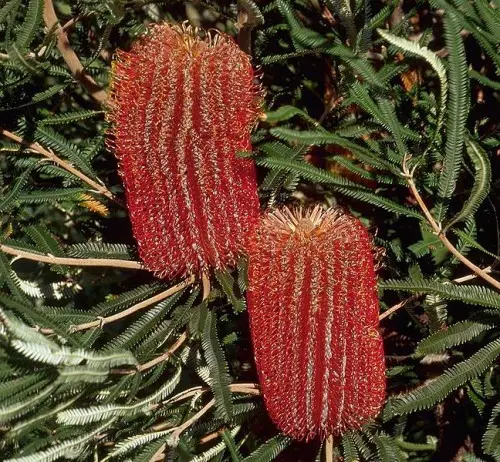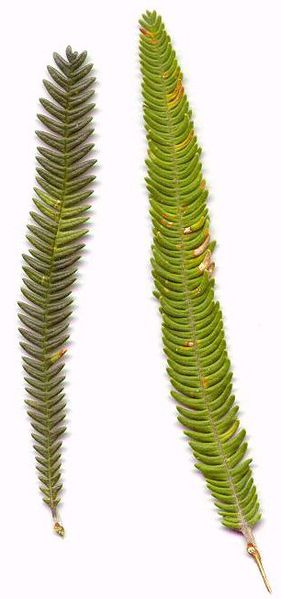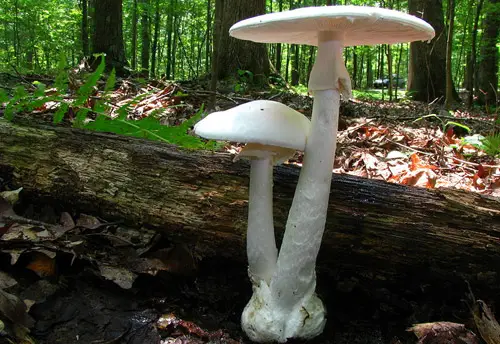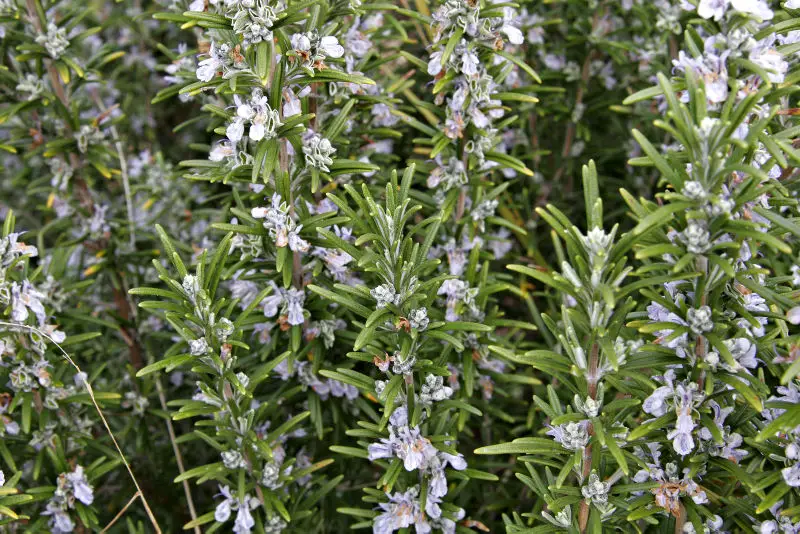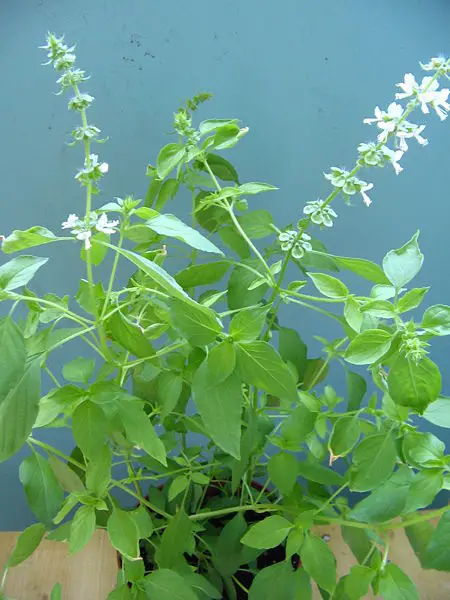Brown’s Banskia
Also known as the Feather-leaved Banksia, Brown’s Banskia is a shrub which is native to the south-western region of Western Australia. This species was first collected in 1829 and published the following year by William Baxter.
This shrub is found between the Stirling Range and Albany, near forests and plains. The temperature in this region is cool and wet, as temperatures can be from 4-30C and have a rainfall of about 800 mm. There are two Brown’s Banksia population clusters. In the south, they are found amongst Jarrah woodlands where the soil is shallow and nutrient-poor. Those in the north near the Stirling Range can live in altitudes up to 1100 metres (3960 ft) amongst heath or rocky mountains as well as in gullies.
Brown’s Banskia is an upright growing bush that grows between 1 – 3 metres tall. However, it can grow as an open branched tree that grows up to 6 metres tall in sheltered gullies. Alternatively, it can be found as a low spreading shrub at the peaks of the Stirling Range. Its bark is a grey-brown colour which is both smooth and thin. The leaves are thin and long, and range from 3 – 10 cm long and 5 – 10 mm wide. The leaves are dark green and hairless, and have a hairy white underside. As a result, they can be easily recognised by their feather-like appearance.
Like all Banksias, flowers will bloom in flower spikes (inflorescences) which are made up of hundreds of flowers that are densely packed around a spiral-like woody axis. The flower spike of the Brown’s Banskia is a metallic red-brown colour. It is cylindrical and is about 6 – 19 cm long and 8 – 10 cm wide. After flowers have died, there will be up to 60 follicles growing – however, sometimes there are none at all. These follicles contain one seed each.
The Brown’s Banskia is well-valued in both the horticultural and cut flower industries in Australia. Gardeners who wish to grow this plant should place it in a sheltered position where there is good soil and drainage. The plant must have moisture over the summer and it must not grow in areas where there is dieback.
